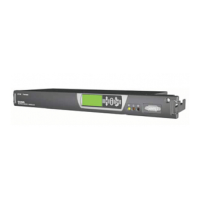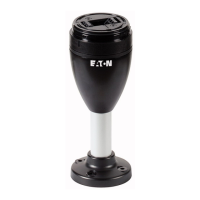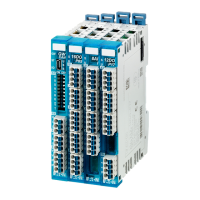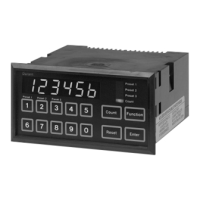SC200 Handbook
Copyright © 2007-2011 Eaton Corporation. All Rights Reserved.
IPN 997-00012-50H November 2011
Contactor Configuration
Set to the number of the LVD control channel
that will operate this contactor.
In DCTools/Web, number is from first
column of the Logical LVDs table.
SC200: See LVD Setup on
page 39.
DCTools/Web: Control
Processes > LVD > Physical
Contactors
Set to Enabled for this contactor to be operated
(connected and disconnected).
If a connected contactor (contacts closed)
is Disabled, it will remain connected
unless the coil is disconnected from the
I/O board or the I/O board loses power.
Set to the number of the I/O board from the I/O
Board to Serial Number Mapping table.
See I/O Board Mapping on page 119.
SC200: Battery > LVDs >
LVD x > Contactors (x-1, x-2,
...) > Edit
DCTools/Web: Control
Processes > LVD > Physical
Contactors
IOB LVD Number
(LVD Connector)
For IOBGP I/O boards, set to:
1, if the contactor is connected to XH4
2, if the contactor is connected to XH5.
See Input/Output Board on page 2.
Set according to the type of contactor:
Normally Open if contacts are open
when coil voltage is zero.
Normally Closed if contacts are closed
when coil voltage is zero.
Normally closed LVD contacts require
special system wiring when used to
disconnect the battery.
Smart Alarm Disconnect
An LVD control channel can be set to disconnect if a specified Smart Alarm becomes active. For
example, a battery LVD can be set to disconnect if the battery temperature is too high, or a load
LVD can be set to disconnect when Ah Discharged exceeds a defined value.
An unnecessary LVD disconnect may occur if Smart Alarm Disconnect uses a sensor
which becomes faulty or disconnected.
An unnecessary LVD disconnect may occur if Battery Time Remaining is used as a
source for Smart Alarm Disconnect.

